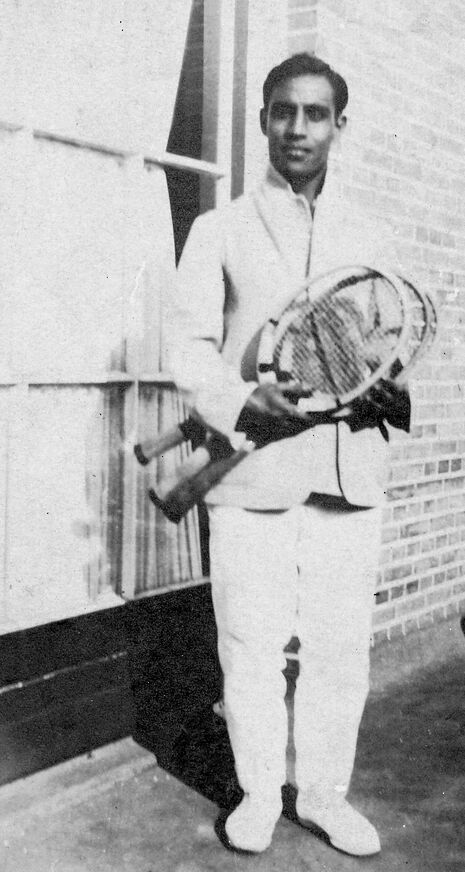Unsung Blues: S.M. Hadi
A look at a student who struggled to find sports in which he didn’t have a blazer

If S.M. Hadi were a Cambridge student today, his dominance of the full and half Blue sports would be the stuff of legend. An officer’s son from Hyderabad in what was then British-ruled India, he was an early bloomer at sport.
Adopted aged two by the family of Sir Asman Jah, the former Prime Minister of Hyderabad State, after his father’s death, Hadi was a proficient horse rider and footballer from the youngest age. It can have been no surprise to anyone when he was despatched to further his education in what was still seen as the best training ground in the world for any young and talented sportsman – England.
Some Unsung Blues impress as much with their off-field brio as with their achievements in competition. Not so much S.M. Hadi. With him, what impressed was his sheer, merciless effectiveness at playing whatever sport took his fancy. The wardrobe in his room at Peterhouse must have been bursting with light blue jackets, as he shone at polo, tennis, soccer, field hockey, cricket and table tennis. A particularly fine tennis player, it is at the racket game that his sporting career perhaps hit its greatest heights, as he played at Wimbledon five times, reaching the doubles quarter final in 1926. He also represented India at the 1924 summer Olympics and in the Davis Cups of 1925 and 1926. The run of representative appearances for his country must have more than made up for his frustration at being denied the Light Blues’ tennis captaincy on account of his nationality.
Hadi also had a lengthy, if somewhat on-off, first class cricket career, which provided him with ample sporting diversion in his thirties when he was no longer playing tennis at top level. In the mid thirties he was the first batsman to score a century in the Ranji Trophy, the regional championship series which is still a major part of first class cricket in India today. Representative cricket for India could be a somewhat unofficial affair in the years before independence, but this did not hold Hadi back. When an Indian team toured England in 1936, Hadi, then in his late thirties, played several games; likewise he took the field for the Indians in unofficial tests against Australia. He did not retire from top flight cricket until 1941, which saw his last season with Hyderabad in the Ranji Trophy.
“Rainbow” Hadi, as he was known for his multi-disciplinary expertise, could not leave sport behind when he retired from playing. The Cambridge man returned to education as a PE instructor, and founded Hyderabad’s football and cricket associations. After a distinguished career in public service, he eventually rose to be Joint Secretary of Education in the Indian government. He died in Hyderabad in 1971.
 News / Fitz students face ‘massive invasion of privacy’ over messy rooms23 April 2024
News / Fitz students face ‘massive invasion of privacy’ over messy rooms23 April 2024 Comment / Gown vs town? Local investment plans must remember Cambridge is not just a university24 April 2024
Comment / Gown vs town? Local investment plans must remember Cambridge is not just a university24 April 2024 News / Cambridge University disables comments following Passover post backlash 24 April 2024
News / Cambridge University disables comments following Passover post backlash 24 April 2024 Comment / Does Lucy Cavendish need a billionaire bailout?22 April 2024
Comment / Does Lucy Cavendish need a billionaire bailout?22 April 2024 Interviews / Gender Agenda on building feminist solidarity in Cambridge24 April 2024
Interviews / Gender Agenda on building feminist solidarity in Cambridge24 April 2024





